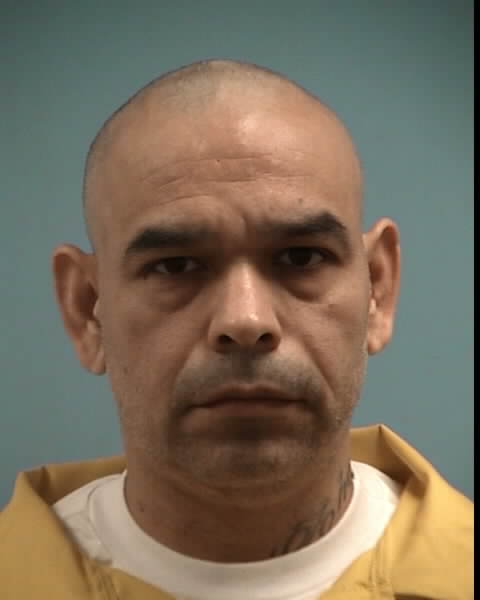As the iconic Churchill Downs readies to host the 150th edition of the Kentucky Derby, a historic event steeped in tradition, the conversation around the race extends beyond its thrilling moments and glittering hats. While the Derby remains a symbol of equestrian excellence, it also serves as a reminder of the sport’s darker moments and ongoing efforts to safeguard its participants.
The Kentucky Derby, often dubbed “The Most Exciting Two Minutes in Sports,” traces its origins back to 1875 when it was inaugurated by Meriwether Lewis Clark Jr., grandson of the renowned explorer William Clark. Since its inception, the Derby has evolved into a cultural phenomenon, blending Southern charm, high-stakes competition, and timeless elegance. This Saturday the longest continuously-held sporting event in America will celebrate its 150th birthday. “We have run a Kentucky Derby every single year since 1875,” said Chris Goodlett, curator of the Kentucky Derby Museum. “We’ve had two world wars, a depression, pandemics. We’ve always run a Kentucky Derby.”
Secretariat is the first horse that comes to mind when listing Kentucky Derby records. Arguably the best thoroughbred of all-time, he still holds the Kentucky Derby record at 1:59.40, set in 1973. He also set records at the Preakness and Belmont Stakes en route to a Triple Crown.

We here at Darkhorse are clearly fans of the underdog, specifically of the actual dark horse variety! So we can’t forget the shock and triumph of 2022 when 80-1 underdog Rich Strike won the 148th Kentucky Derby, being in the race only due to a scratch. Watch this exciting race again here:
However, amidst the pageantry and celebrations, the Kentucky Derby has witnessed its share of heartbreak. Throughout its history, horses and jockeys have faced perilous challenges, with some paying the ultimate price. Just last year a number of horses were injured to the point they had to be euthanized, and while not well publicized these deaths seem needless. In recent memory, public tragedies like the breakdown of Eight Belles in 2008 and the fatal injury of Barbaro in 2006 have cast a somber shadow over the race.

Jockeys, too, have not been immune to the dangers inherent in the sport. From fatal falls to life-altering injuries, these athletes brave immense risks every time they mount their steeds in pursuit of glory. Yet, for every tragedy, there are tales of resilience and triumph, with champions emerging against all odds to etch their names into Derby lore.
In response to these tragedies, the horse racing community has implemented a series of reforms aimed at enhancing the safety and welfare of its participants. From improved track surfaces to stricter medication regulations, these measures seek to mitigate the risks associated with the sport while upholding its storied traditions.
Churchill Downs, the hallowed grounds in Louisville where racing history is made, has been at the forefront of these efforts. In recent years, the track has invested in state-of-the-art equine medical facilities, expanded pre-race veterinary inspections, and introduced comprehensive injury surveillance programs. Additionally, advancements in breeding practices and training methods aim to produce healthier, more resilient “equine athletes”.

As fans around the world turn our gaze towards Churchill Downs for the 150th Kentucky Derby, the event serves as a poignant reminder of the balance between tradition and progress, spectacle and safety. While the race honors the past and celebrates the present, it also beckons the industry to chart a course towards a more sustainable and compassionate future for all those who call the track home.



















